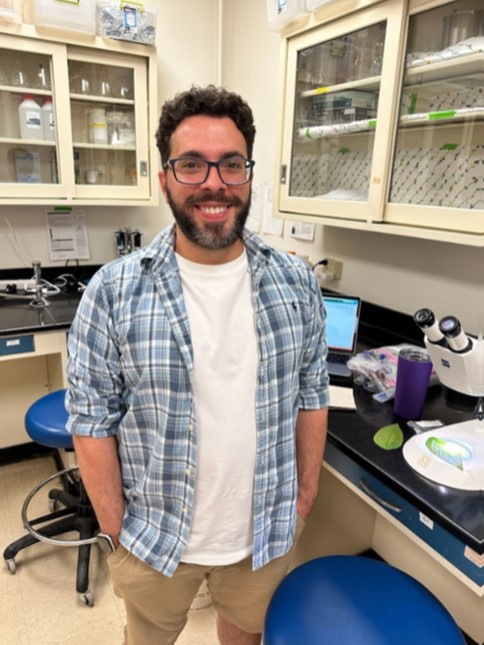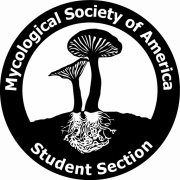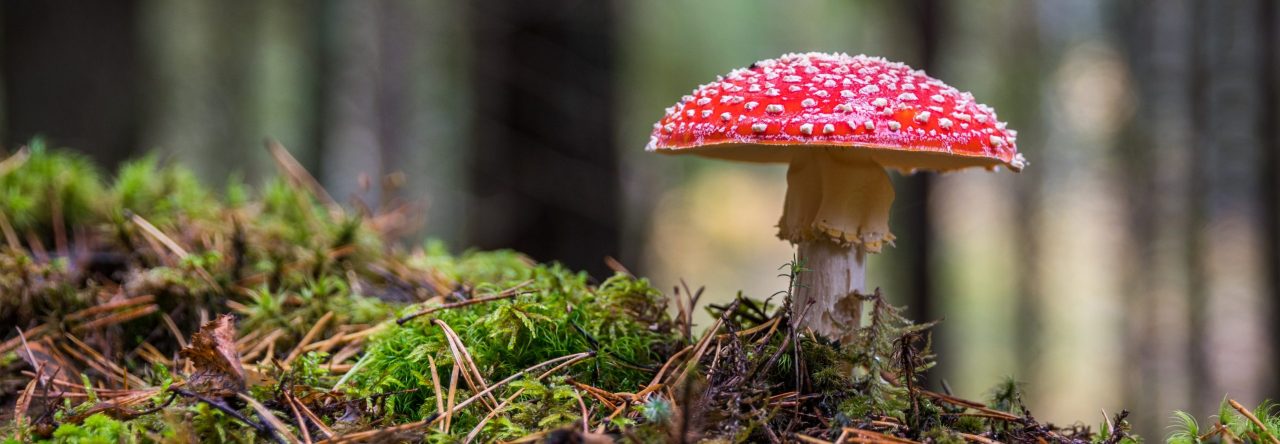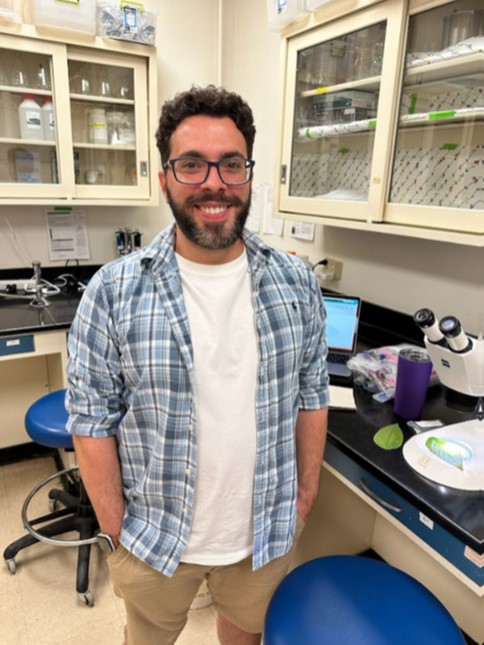






Where did you grow up?
Rio de Janeiro Brazil
Where are you currently doing research?
Louisiana State University
Who are you working with?
Vinson Doyle, Jonathan Richards and Sara Thomas-Sharma
Describe your research project.
In my research project, my focus is on delving into the complexities of Cercospora cf. flagellaris, a pivotal player in Cercospora leaf blight (CLB) disease in soybeans. With a host range which extends from agriculture to nonagricultural plants, C. cf. flagellaris challenges conventional notions of host specificity. My investigation comprises two primary objectives: firstly, conducting a comprehensive analysis of the pathogen’s dispersal dynamics and population structure. This involves strategic sampling across soybean producing states and utilizing whole-genome sequencing to unravel genetic diversity and adaptation strategies. Secondly, I aim to explore the genomic signatures of adaptation within C. cf. flagellaris. This includes creating annotated reference genomes from diverse host species to identify candidate genes associated with virulence and pathogenicity. Through this research, I aim to deepen our understanding of the pathogen’s responses, contributing crucial insights for effective disease management in soybean production
What are your career goals after you’re done with your current position?
My career goal is to establish myself as a Professor/Researcher, aspiring not only to make significant scientific contributions but also to play a pivotal role in cultivating the next generation of scientists. I am driven by the passion to foster a learning environment where budding researchers not only ask insightful questions but also gain the expertise to navigate the intricate process of developing those questions into impactful research projects. My vision extends beyond personal accomplishments to encompass the mentorship and guidance of emerging talents, equipping them with the skills and mindset essential for advancing scientific knowledge and making meaningful contributions to their respective fields.
What is something inspiring or useful that you learned from your experiences in mycology?
From my journey in mycology, I’ve gleaned not only knowledge about fungi but also a profound appreciation for the interconnectedness of scientific disciplines. My initiation into mycology marked my foray into the realm of science, serving as a gateway to diverse fields such as bioinformatics and plant breeding. What captivates me is the versatility of fungi, their ability to heal, decompose, cause damage and diseases. Mycology has instilled in me a keen sense of observation, emphasizing the importance of scrutinizing details with precision. This skill, akin to looking through an accurate lens, has proven invaluable in shaping my approach as a scientist, enabling me to delve deeper into various scientific domains with a discerning eye.


